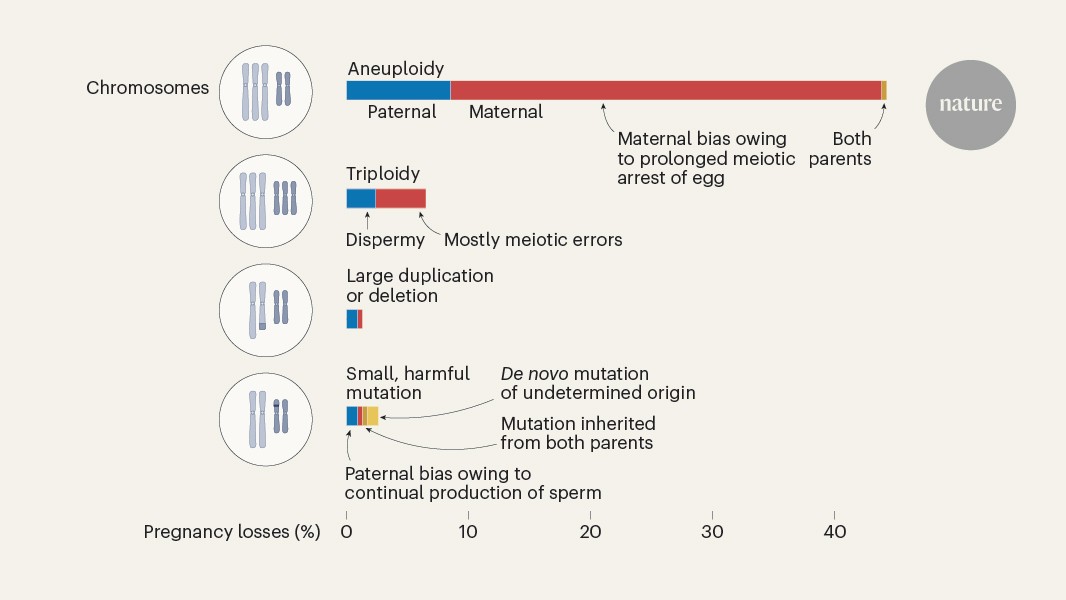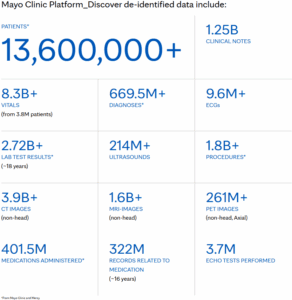Keeping Patients Connected: Strategies to Reduce Attrition in a Competitive Healthcare Market
For many patients today, staying with a provider is about more than just the clinical care – it’s about feeling heard, supported and in control of their healthcare journey. As consumers grow more accustomed to on-demand, personalized experiences in every aspect of their lives, their expectations around healthcare have also evolved. They’re more likely to ... Read More


For many patients today, staying with a provider is about more than just the clinical care – it’s about feeling heard, supported and in control of their healthcare journey. As consumers grow more accustomed to on-demand, personalized experiences in every aspect of their lives, their expectations around healthcare have also evolved. They’re more likely to seek out providers who don’t just deliver quality care, but also create a positive experience through convenience and responsiveness.
For health systems, this shift presents both a challenge and an opportunity. Patient attrition—when individuals disengage from care or switch providers—is more common than ever, and its impacts are far-reaching, from revenue to care continuity and health outcomes. Estimates show that it’s six to seven times more expensive to acquire a new patient than it is to keep a current patient coming back. It’s also projected that increasing patient retention rates by just 5% can increase profits anywhere from 25 to 95%.
To adapt, healthcare organizations need to take a proactive, technology-driven approach to maintaining strong patient relationships.
Redefining Patient Communication
One of the leading drivers of patient churn is poor communication. Whether it’s a lack of follow-up, confusing instructions or difficulty getting in touch with their care team, patients who feel disconnected are more likely to walk away.
Improving communication starts with meeting patients where they are. That means utilizing multiple channels, such as text, phone, secure messaging and even conversational AI, to keep them informed and engaged. Patients want more than just reminders; they want relevant, timely and personalized communication that gives them confidence in their care.
Utilizing digital patient relationship management platforms can help providers harness the power of automation to ease staff burden and improve efficiencies – while also creating a better patient experience.
Creating a Seamless, Self-Service Experience
In nearly every industry, people now expect to manage their needs with just a few taps on their phone. Healthcare is no exception. 80% of patients prefer providers who offer digital appointment scheduling, and 79% want to use technology to manage their care.
From scheduling appointments to paying bills, digital tools that empower patients to manage their care independently are no longer a luxury, but a necessity. Patients value experiences that are intuitive and on their terms, and healthcare systems must respond by offering user-friendly self-service tools. Whether it’s checking in or rescheduling online, accessing test results or messaging their provider with non-urgent questions, these small conveniences add up to a better overall experience and stronger loyalty.
Listening and Responding in Real Time
When patients feel unheard, they often don’t say anything…they simply don’t come back. That’s why it’s critical to provide low-friction ways for patients to share feedback, express concerns and ask questions.
More importantly, health systems must close the loop. Acknowledging patient concerns and responding with empathy and action signals that their experience matters. Over time, this responsiveness builds trust and helps prevent unnecessary attrition.
Identifying Risk Before It Becomes Reality
With the right data, health systems can often spot signs of disengagement early. Missed appointments, long stretches of inactivity and limited portal usage can all indicate that a patient is slipping through the cracks.
Predictive analytics and behavioral insights allow providers to intervene at the right moment through check-ins, targeted content and personalized care plans to keep patients connected and active in their care.
Engaging Patients Across the Entire Journey
Reducing attrition doesn’t happen with a single interaction. It’s about creating a consistent, proactive experience across every touchpoint. From welcome messages and appointment confirmations to post-visit follow-ups and health reminders, each communication reinforces the relationship and keeps patients coming back.
Combining automation with personalization enables healthcare systems to maintain continuity without sacrificing the human-centric element. The result is a more connected journey that fosters loyalty, improves outcomes and supports long-term engagement.
A Patient-First Approach for a Changing Landscape
In today’s consumer-driven healthcare market, retaining patients means delivering care that’s not only high-quality, but also accessible, responsive and personalized. That requires a shift in mindset – and a willingness to embrace digital transformation and the innovative tools and platforms that benefit both providers and their patients.
By reimagining how they communicate, engage and support patients throughout the care journey, health systems can reduce attrition and strengthen the relationships that matter most.
About Matt Whitmer
Matt Whitmer is the chief revenue officer and senior vice president of sales and marketing at TeleVox, the industry-leading provider of omnichannel patient relationship management platforms, and Mosaicx, the leading conversational AI provider. He has over 15 years of senior leadership experience focused on helping enterprise clients embrace and implement cloud-based engagement solutions.


















































.jpg)







































































































